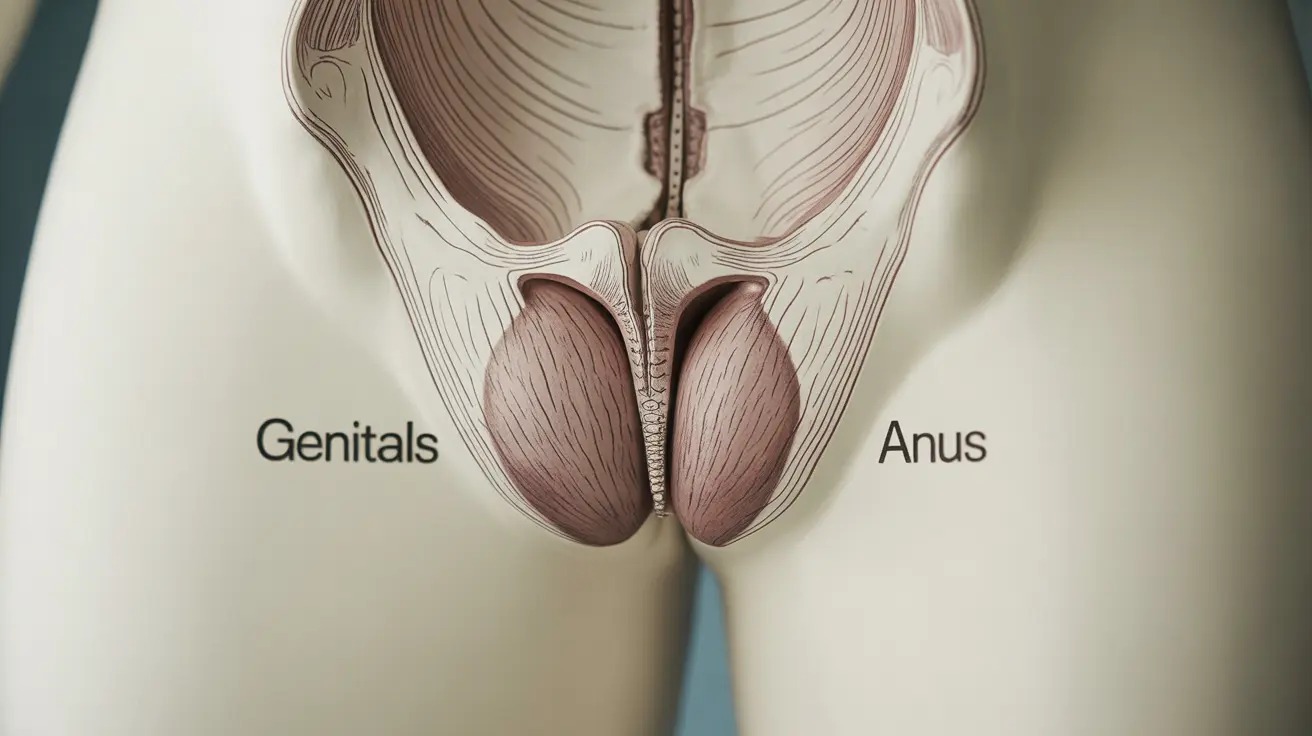The perineum, the area between the genitals and anus, plays a crucial role in pelvic health and daily comfort. When pain develops in this region, it can significantly impact quality of life and indicate underlying health conditions that require attention. Understanding the causes, symptoms, and treatment options for perineum pain is essential for both men and women experiencing this condition.
This comprehensive guide will explore the various aspects of perineum pain, including its common causes, diagnostic approaches, and effective treatment strategies. Whether you're experiencing discomfort after childbirth, injury, or due to other medical conditions, you'll find valuable information to help you understand and address your symptoms.
Common Causes of Perineum Pain
Perineum pain can stem from various sources, affecting both men and women differently. Understanding these causes is the first step toward proper treatment:
In Women
- Childbirth and postpartum recovery
- Episiotomy or natural tears during delivery
- Pelvic floor disorders
- Vaginal infections
- Cycling or other athletic activities
In Men
- Prostatitis
- Bicycle riding injuries
- Sports-related trauma
- Infections
- Chronic pelvic pain syndrome
Diagnosis and Medical Assessment
When experiencing perineum pain, healthcare providers typically follow a comprehensive diagnostic approach:
- Physical examination
- Medical history review
- Discussion of symptoms and their onset
- Possible imaging studies
- Testing for infections when relevant
Treatment Approaches
Medical Interventions
- Prescription medications for infection or inflammation
- Physical therapy referrals
- Topical treatments
- Pain management strategies
- Surgical intervention when necessary
Home Care and Self-Management
- Ice or heat therapy
- Sitz baths
- Over-the-counter pain relievers
- Proper hygiene practices
- Activity modification
The Role of Pelvic Floor Therapy
Pelvic floor therapy is often a crucial component in treating perineum pain. This specialized form of physical therapy can help:
- Strengthen pelvic floor muscles
- Improve muscle coordination
- Reduce tension and pain
- Prevent future issues
- Support overall pelvic health
Prevention and Long-term Management
Taking proactive steps to prevent perineum pain and maintain pelvic health is essential:
- Regular exercise with proper form
- Good posture habits
- Appropriate hygiene practices
- Regular medical check-ups
- Early intervention when symptoms arise
Frequently Asked Questions
What are the common causes and symptoms of perineum pain in both men and women?
Perineum pain can be caused by childbirth, injuries, infections, or chronic conditions. Common symptoms include discomfort while sitting, burning sensation, tenderness to touch, and pain during physical activities.
How is perineum pain typically diagnosed and treated?
Diagnosis typically involves a physical examination, medical history review, and possibly imaging studies. Treatment options range from medications and physical therapy to surgical intervention in severe cases.
Can urinary tract infections (UTIs) cause pain in the perineum, and how are they treated?
Yes, UTIs can cause perineum pain. Treatment usually involves antibiotics, increased fluid intake, and proper hygiene practices. Some cases may require additional testing to rule out other conditions.
What are some effective home remedies for relieving perineum pain after childbirth or injury?
Effective home remedies include sitz baths, ice packs, over-the-counter pain relievers, and gentle cleaning practices. Rest and proper positioning while sitting can also help reduce discomfort.
How does pelvic floor therapy help manage perineum pain and other pelvic issues?
Pelvic floor therapy helps by strengthening and coordinating pelvic muscles, reducing tension, and improving overall pelvic function. It often includes exercises, manual therapy, and education about proper body mechanics.




